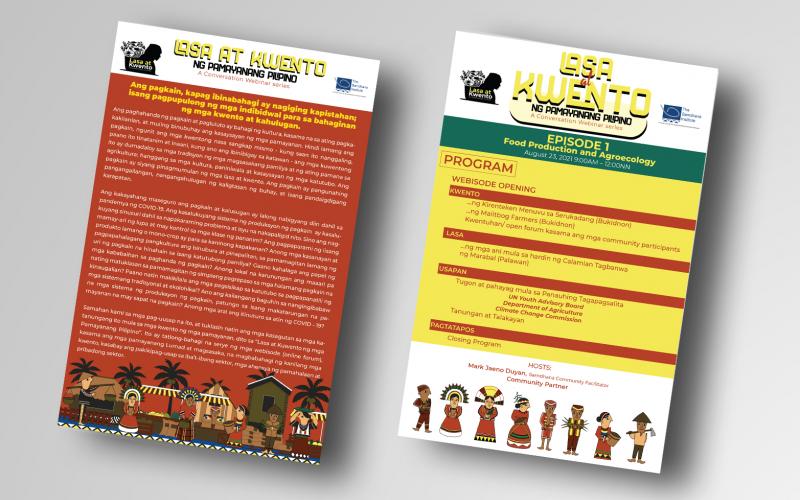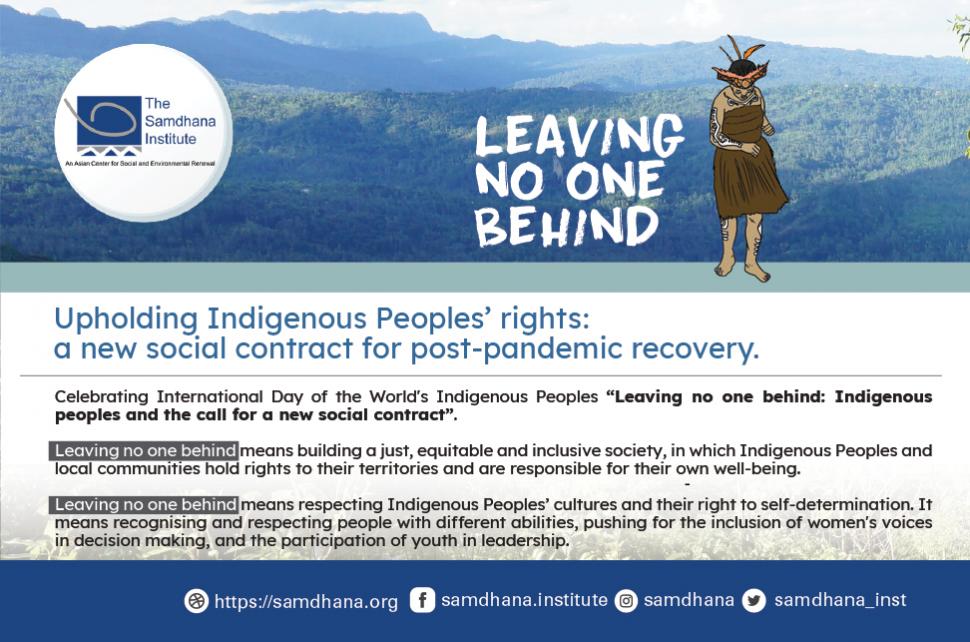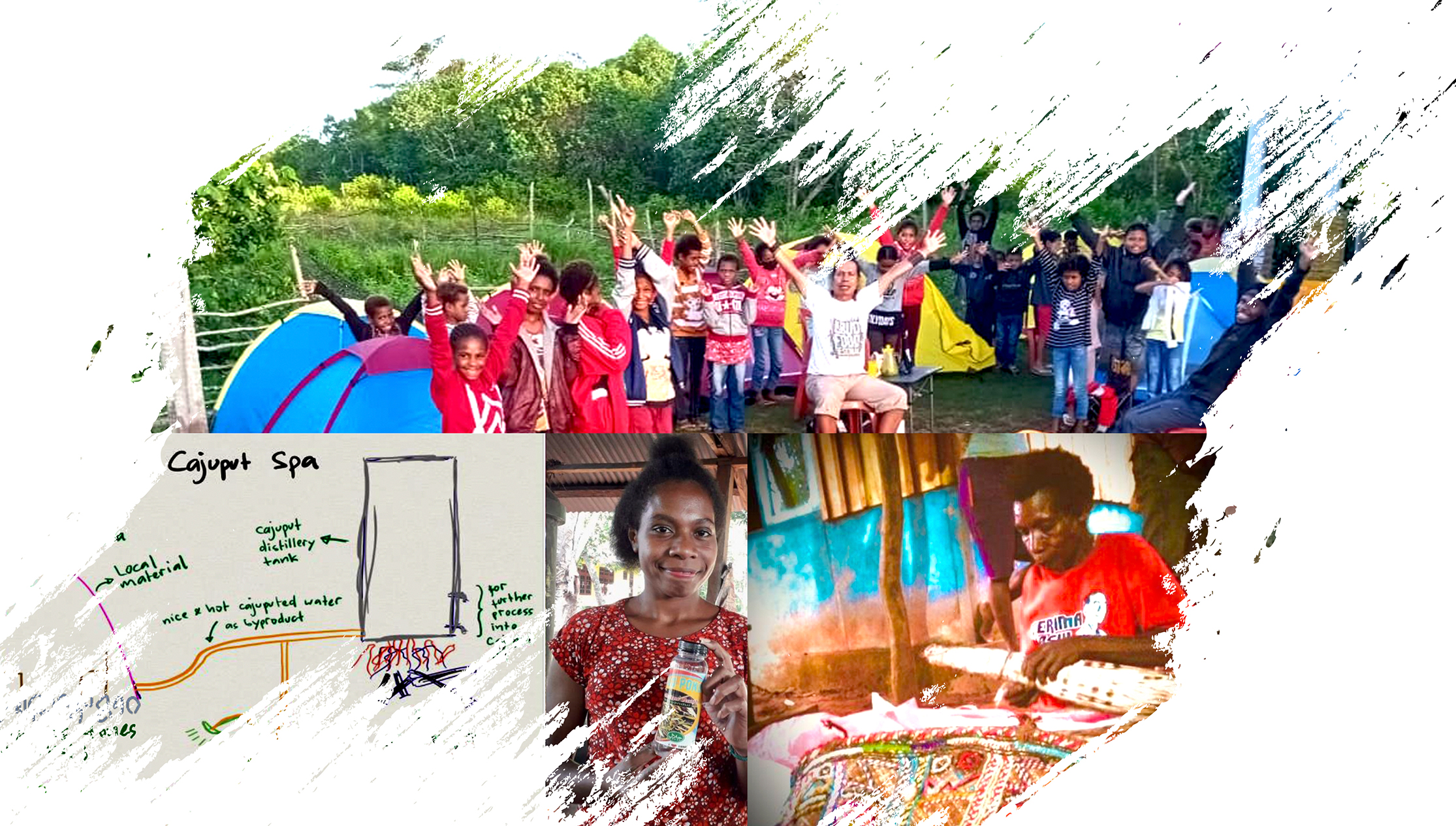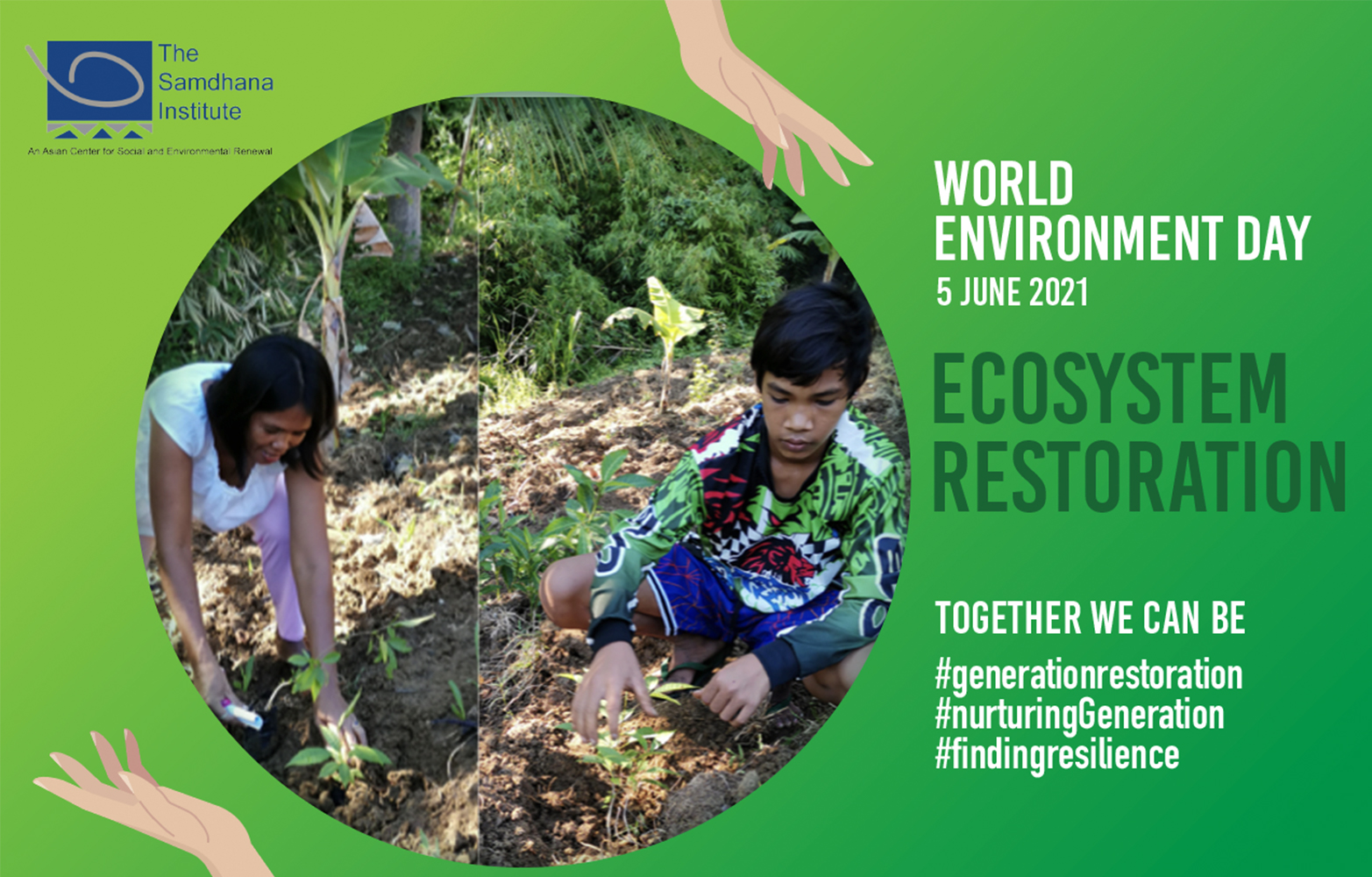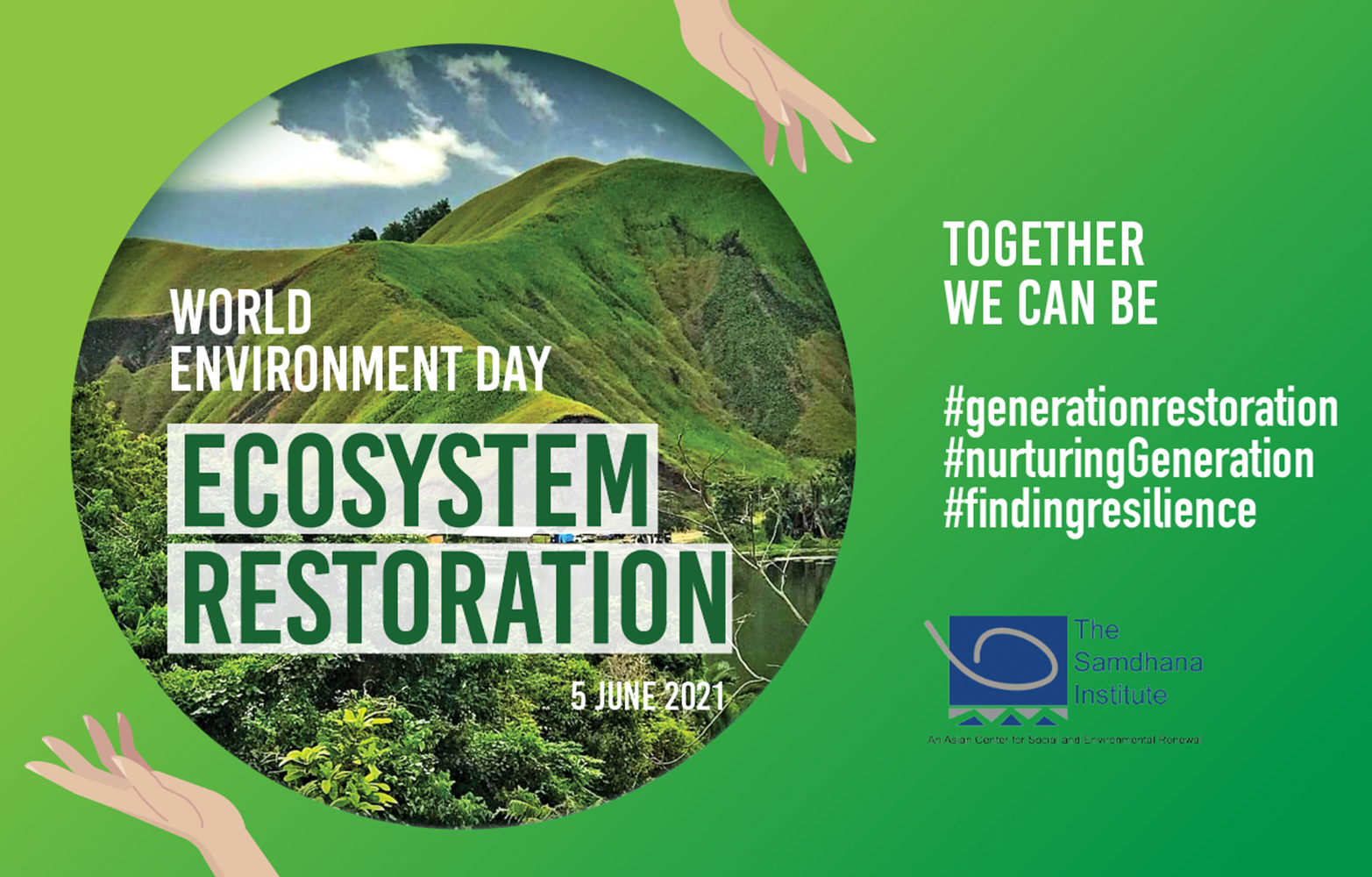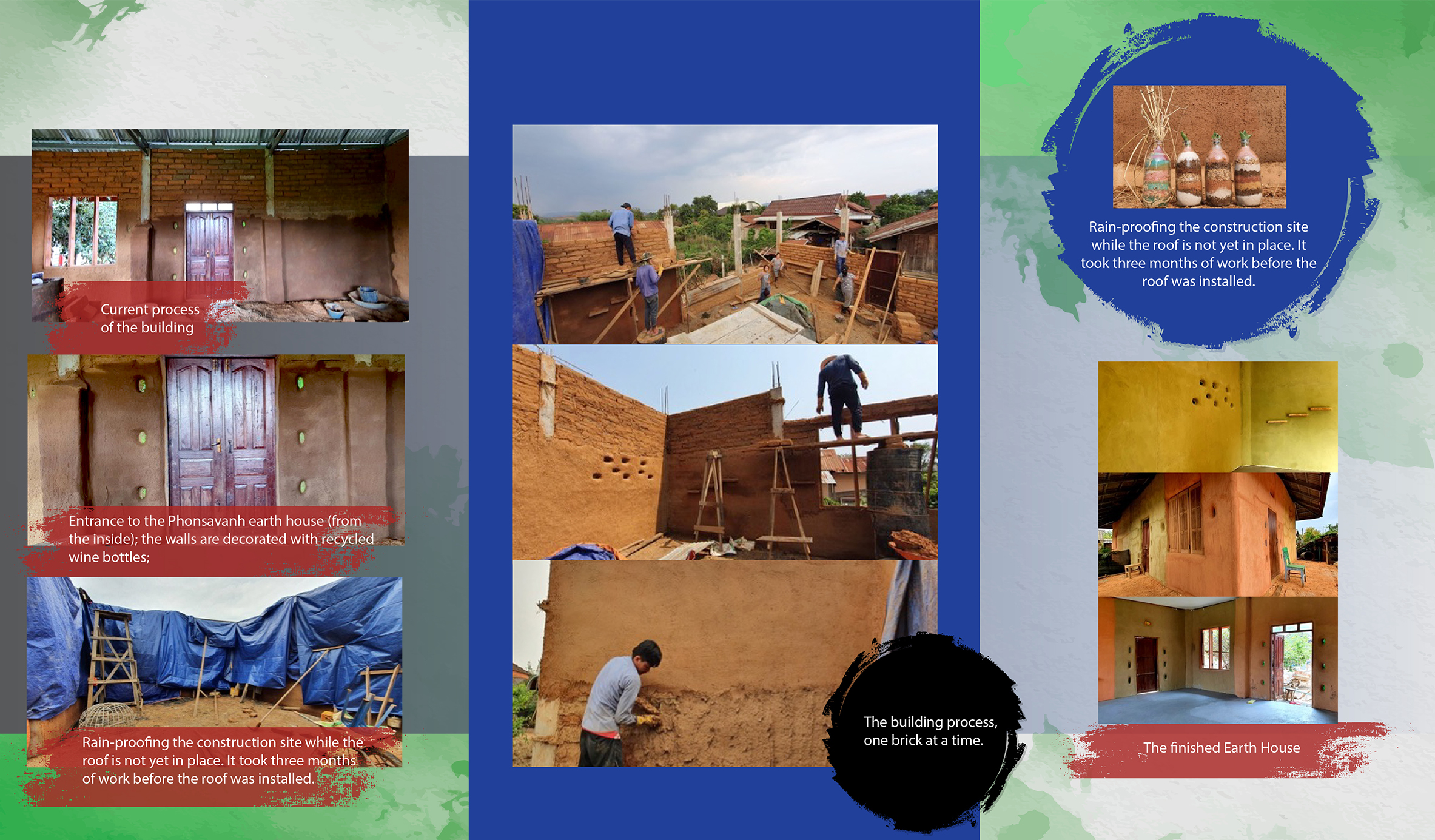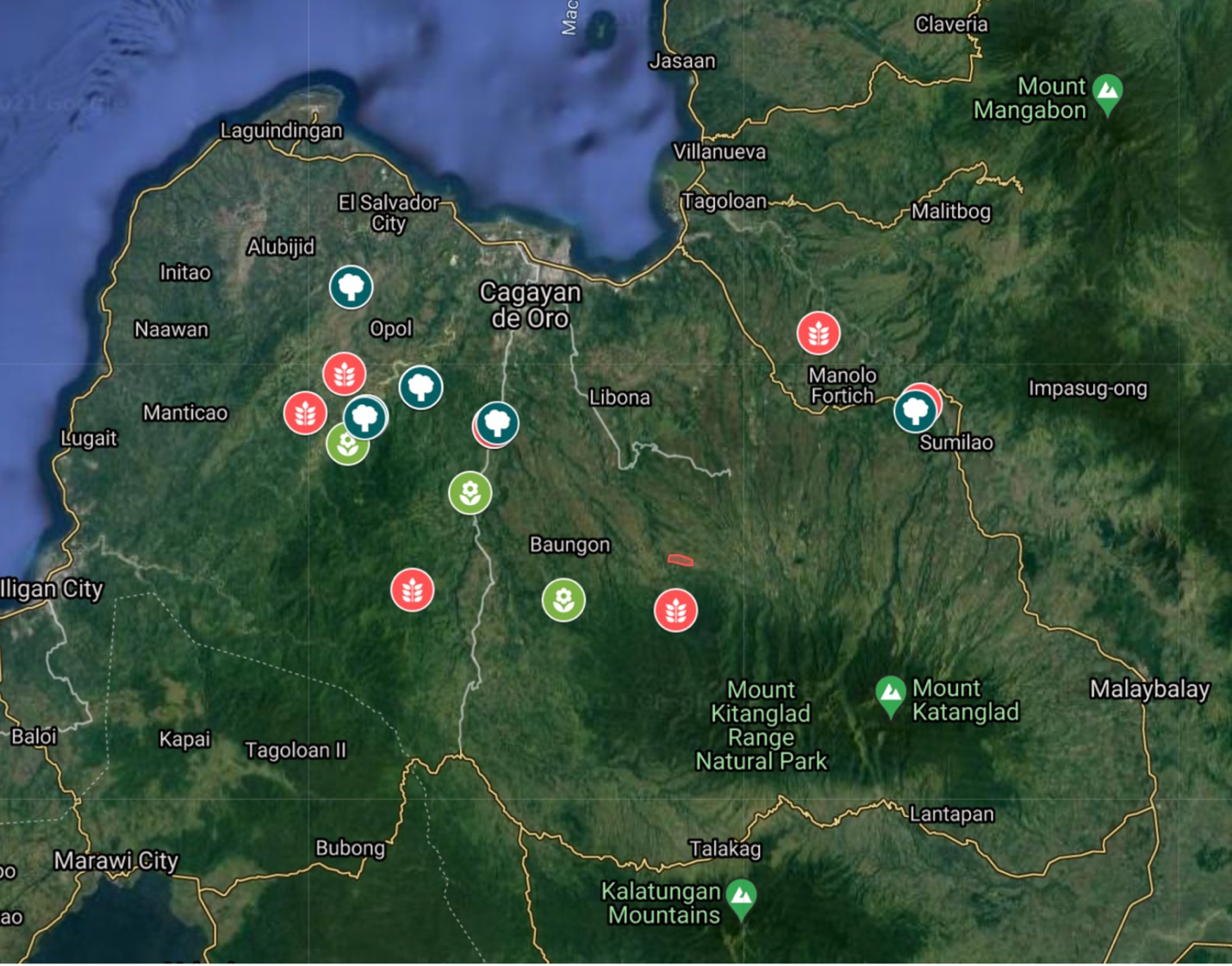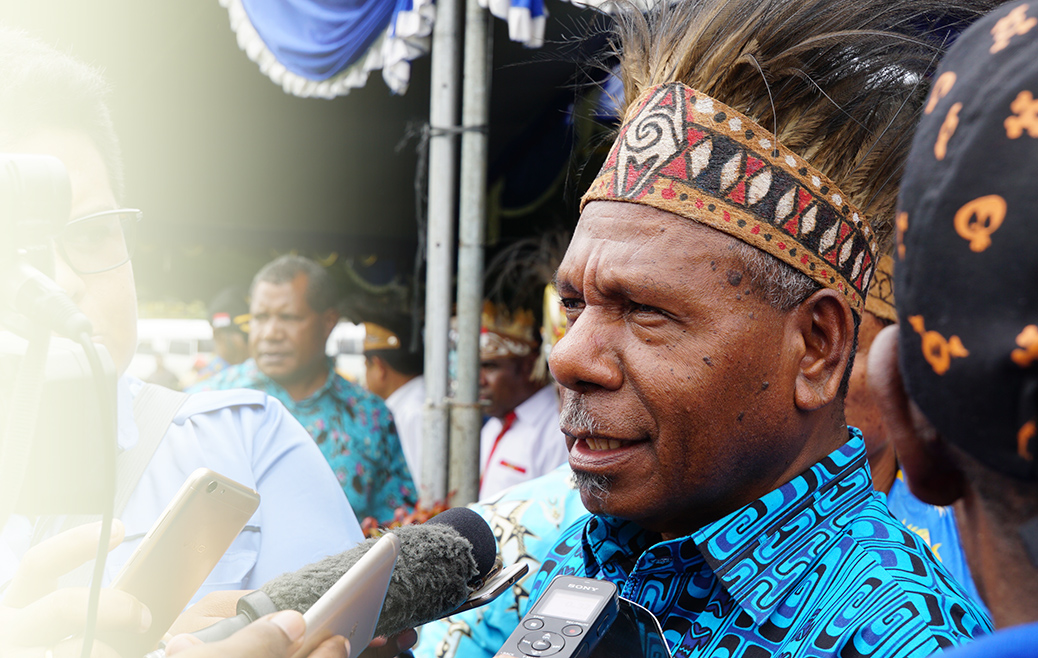"Kamustahay, Balitaay, Paminaway" Mindanao Partners' Meeting 2021
Indigenous Communities and local partners gathered in October 2021 to reconnect and update on how they are, after almost two years of the COVID-19 pandemic. We held a series of in-community gatherings with Partners in Northern Mindanao, and culminated with an online meetings together with Partners from other parts of Mindanao.

